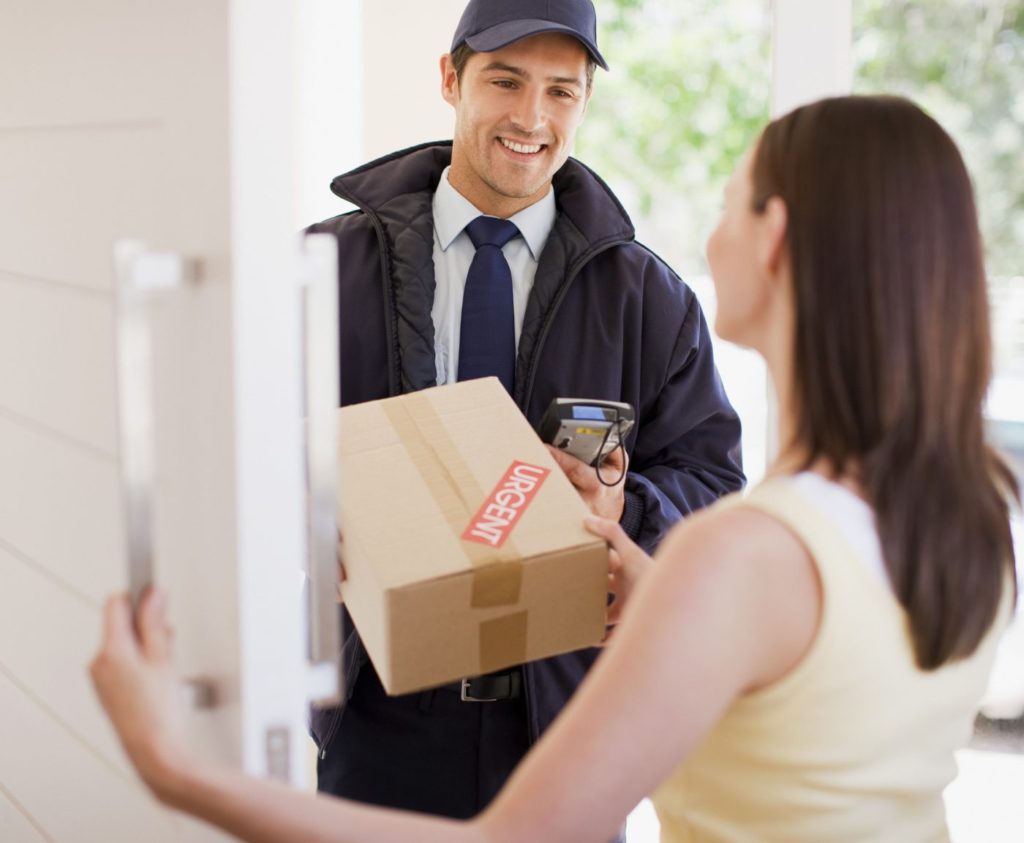You want it when?
Blog: Apriso Blog
Ecommerce is growing rapidly, taking market share from brick-and-mortar retailers at an alarming pace. Many traditional retailers are closing stores while trying to beef up the ecommerce side of their business and experimenting with such strategies as in-store pick-up with no shipping charge. Wal-Mart recently announced that they will be asking retail employees to drop packages off at customers’ houses on their way home from work.
This shift in the retail landscape is having a profound effect on logistics. Despite all the advantages of on-line sales – virtually unlimited selection, lower operating cost leading to lower pricing, incredible convenience, 24/7 shopping – online shopping has one big disadvantage: the customer has to wait for delivery, and may have to pay for shipping as well. So the competitive battlefield for ecommerce vs. brick-and-mortar lies in the warehouses and delivery trucks that are proliferating and searching for faster and cheaper solutions.
 On the real estate side, stores are closing, and malls are dying, while Amazon and other e-tailers are building warehouses all over the countryside in order to shorten delivery lead times. Remaining retail stores are searching for new ways to manage store-level inventories to efficiently support in-store pick-up and short distance shipping for online orders.
On the real estate side, stores are closing, and malls are dying, while Amazon and other e-tailers are building warehouses all over the countryside in order to shorten delivery lead times. Remaining retail stores are searching for new ways to manage store-level inventories to efficiently support in-store pick-up and short distance shipping for online orders.
There are some interesting developments and experiments on the transportation side as well. We’ve all read about delivery drones, even though this intriguing approach to quick delivery is unlikely to become a major factor in the near term, if ever. Similar trials with autonomous delivery carts in some big cities also make interesting reading and are a tad more practical and thus a bit more likely to become a lasting part of the logistics arsenal.
The less flashy but more significant innovations are improvements in the existing transportation modes and logistics systems that are needed to transform package delivery from a relatively higher cost specialty segment of the trucking industry to a more efficient resource for higher volumes and quicker delivery.
And autonomous tractor-trailer rigs will be showing up on the highways very soon. Despite all the press coverage and attention on self-driving cars, the technology being developed and tested for personal vehicle use will hit the road in a semi much sooner. The human driver is the weak link in the trucking world – mandatory rest periods extend delivery lead times, distracted driving and human error cause accidents and delays, safety and comfort features for the driver add cost and weight to the rig and burn fuel. Autonomous vehicles can operate 24/7, and do so more safely and more efficiently (in theory, experience will validate these assumptions in the coming months) while reducing the carbon footprint of this growing part of the manufacturing and distribution supply chain.
Innovations in material (package) handling, warehouse robotics, and management systems (utilizing Industrial Internet of Things sensors and smart, location-aware devices for real-time monitoring of packages and shipments en-route) are also in the works. Companies are looking everywhere for cost savings and improved speed as the retail landscape reinvents itself in the Internet age.
These logistics changes could well lead to a change in the nature of demand at suppliers’ factories. Undoubtedly, intense competition will reinforce the existing trend toward a wider variety of products and product variations with lower volume and shorter lifecycle per variant. Innovations in the plant, including 3D printing and increased automation, will surely be among the tools factories will call on to meet the challenge.
This post originally appeared on Navigate the Future, the Dassault Systemes North America blog
Continue the conversation by joining our DELMIA Communities on SwYm. Membership is free.
Leave a Comment
You must be logged in to post a comment.







